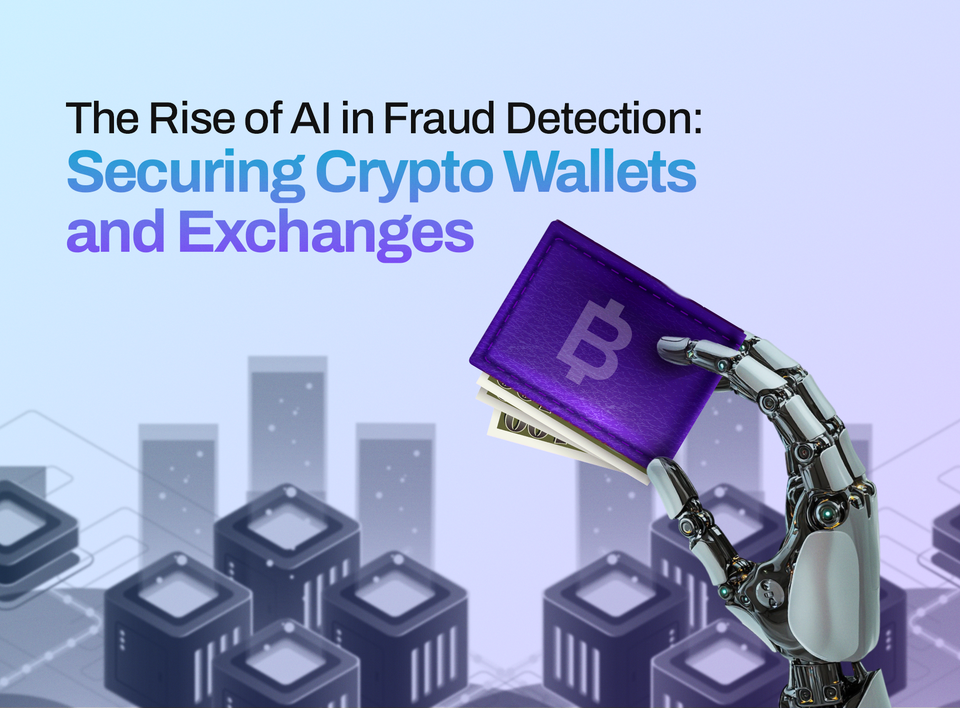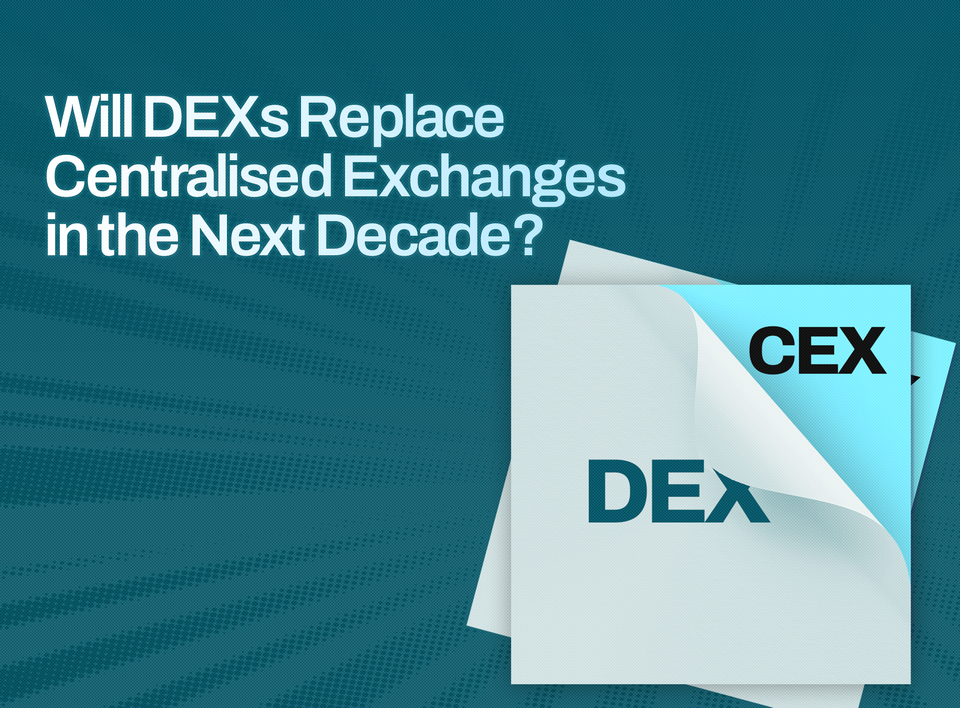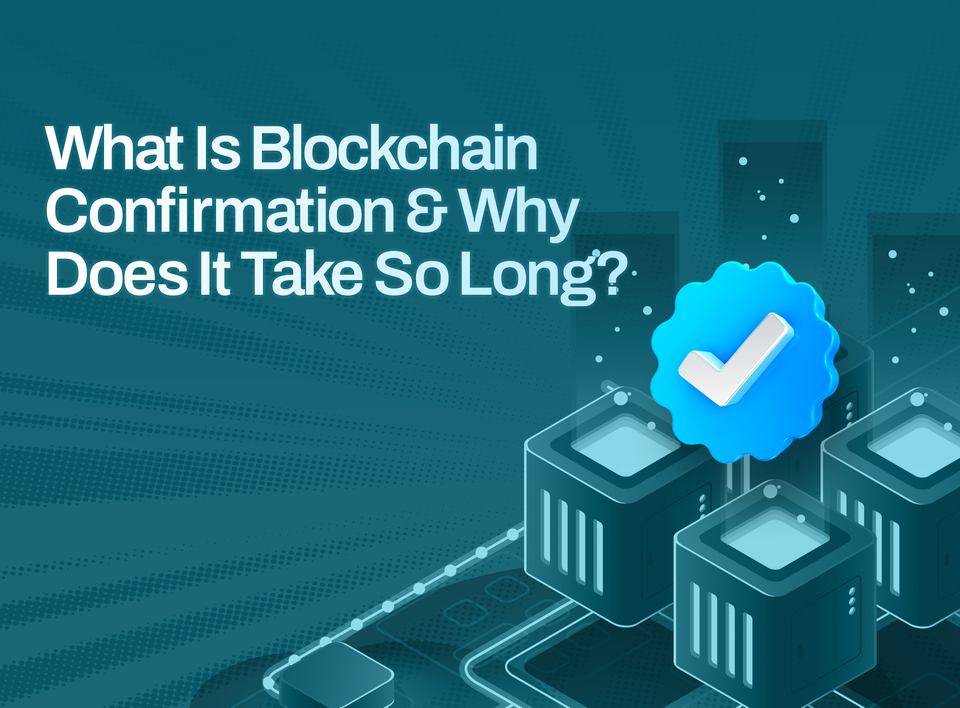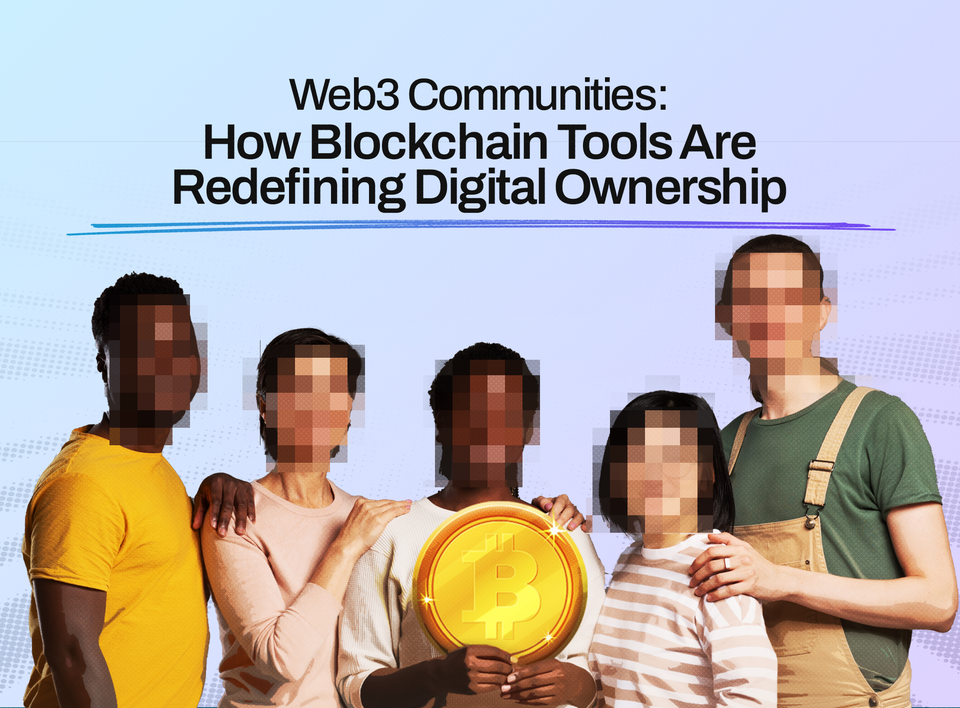The Role of Blockchain Technology in Modern Web Development
Discover how blockchain technology is reshaping web development, its advantages, challenges, and important applications.

What has changed with blockchain technology from being the backbone of all cryptocurrencies in the past few years is that it is now being adopted as an industry-wide change-maker.
In essence, it is a different paradigm for web development since it emphasizes decentralization, transparency, and security.
In this article, we will examine how blockchain applies to modern web development: its advantages, challenges, and important applications.
What is Blockchain Technology? A Primer for Developers
Blockchain is essentially a secured and transparent distributed ledger system that registers transactions across a network of nodes.
Quite unlike traditional databases, it runs on an authority-free regime in order to foster tamper-proof and trust-less operations.
Blockchains, therefore, can be understood by developers through three essential attributes. Blocks store transaction details and link themselves to prior blocks in an un-modifiable chain.
Nodes validate and store data to maintain network-wide consistency. Furthermore, consensus mechanisms such as Proof of Work or Proof of Stake assure everyone they have reached an agreement regarding the state of the ledger.
Blockchain can thus act as an innovative back-end structure for web development to create decentralized and secure applications.
This will, thus, enable it to provide unprecedented levels of transparency in handling sensitive data, thus changing the very mode of development.
How Blockchain Enhances Web Development
The integration of blockchain technology into web application development is a way of bringing advantages to how a developer interacts with applications. The distribution of the data across various nodes completely eliminates the single point of failure and boosts reliability and resilience against attacks.
It further enhances security by assuring the integrity of the data through cryptographic algorithms-in other words, with blockchain data integrity, sensitive such as financial and private data are secured.
Above all, transparency gives individuals the power to independently verify transactions and thus build trust in such areas as e-commerce. Smart contracts also enable more applications to be executed more effortlessly, as in the case of payment and authentication services that no longer depend on any intermediaries.
Teddy tokenization is one of the latest avenues that involve the engagement of users, from paying them to hype their participation to providing power to decentralized ecosystems.
It makes possible the building of applications that can be made future-proof for an environment that is ever-demanding in terms of decentralized applications. The security, transparency, and future dependability provided by these features will cater to the burgeoning demand for decentralized solutions.
Key Use Cases of Blockchain in Modern Websites
Using blockchain technology has been on an increasing trend today to solve problems and create new opportunities in web development. Some of the best use cases would include:
- Decentralized applications (dApps). The dApps are applications that run on a blockchain network instead of a centralized node server. People have control over their data using dApps.
- Secure payment systems. Users can now make quick and secure payments using cryptocurrency with minimal cost through the blockchain-put-in website without using financial institutions.
- Supply chain transparency. A tracking system using the blockchain provides complete visibility of the product journey, enabling consumers to be assured that the provider sources the product ethically and is trusted by customers.
- Identity management. Identity management through blockchain is a secure and decentralized way of identifying and authorizing users. Users will store their credentials privately rather than depending on centralized infrastructures.
- Content ownership and royalties. Creative platforms have smart contracts in place that automate royalty payments on the blockchain site for fair compensation to artists and creators.
- Voting and governance. Blockchain gives transparency and security in online voting as it is a reliable medium for organizations or countries to create platform-based decision-making.
This is majorly what shows that blockchain technology isn't just a backend improvement: it's actually a considerable game changer that adds authenticity from end to end and enhances users' experiences.
Challenges of Integrating Blockchain into Web Development
Such integration may offer so much promise, but it takes overcoming a number of challenges before developers and companies can fully harness the potential of such a technique.
- Technical complexity
Establishing a backbone for blockchain technology necessitates, apart from basic knowledge and familiarity with distributed systems, smart contracts, and, of course, cryptographic inventions and applications. This steep learning curve heightens the possibility of longer implementation time and higher costs.
- Scalability problems
Usually, a public blockchain experiences a situation where when there is a higher volume of transactional applications, it will cause slowness in processing and higher transaction fees. Networks like Ethereum are congested during most busy activities, for example.
- Integration with legacy systems
Not all existing business infrastructure will be compatible with the base transition to the blockchain. This also may make large-scale changes necessary along the route, increasing the amount of complexity involved when migrating to a blockchain-based solution.
- Regulatory ambiguity
In many places, blockchain exists in legal gray areas. Such regulations regarding the legality of cryptocurrency, data storage, and even smart contracts further complicate the project.
- Energy issues
Energy is exhaustive in operation. PoW networks raise businesses' hopes for environmental sustainability as they face challenges.
- User adoption
Blockchain puts out a barrier in tech knowledge. For this, simply helping users who are not comfortable with the technology itself interact with it through user-friendly interfaces will be a good step, taking the complexity of the blockchain itself out of much of the process.
While daunting, all of these are gradually diminishing due to advances in technology and tool development in blockchain.
The Future of Blockchain in Web Development: Trends to Watch
Through the dynamics characterizing the advancements in blockchain technology, several trends testify to its incorporating relevance on web development:
- Emergence of Web3This event is the next step in the evolution of the internet and focuses on decentralization, more or less, of an individual user's control. It leads developers to be drawn towards increased adoption of frameworks and tools to build user-empowered applications.
- Blockchain-AI integrationThe convergence of these two means offers a fascinating arena for developments that range from guarantees of data integrity to efficiency improvements in blockchain, like transaction validation.
- NFT integrationDiversifying into membership, event tickets, and virtual goods, non-fungible tokens open more gates to monetize websites.
- Sustainability effortsIndeed, proof-of-stake consensus mechanisms are being widely adopted, making blockchain solutions more environmentally conscious while qualifying for companies committed to a sustainability agenda.
- Improved accessibilityAccessible blockchain tools and interfaces will smooth the entry point to an adoption scheme, enabling developers and their users to adopt it fruitfully.
Web developers and blockchain businesses are seeing the prospect for future web applications that complement the intention of being secure, user-friendly, and trendy.
The technology of blockchain has reshaped the future of web development and web3 development, bringing heed to innumerable opportunities for the creation of transparent, secure, and efficient platforms.
Accepting the possible compromises while rejecting the pitfalls will lead developers and businesses to become torchbearers for this digital revolution.
Disclaimer: This article was written to provide guidance and understanding. It is not an exhaustive article and should not be taken as financial advice. Obiex will not be held liable for your investment decisions.




